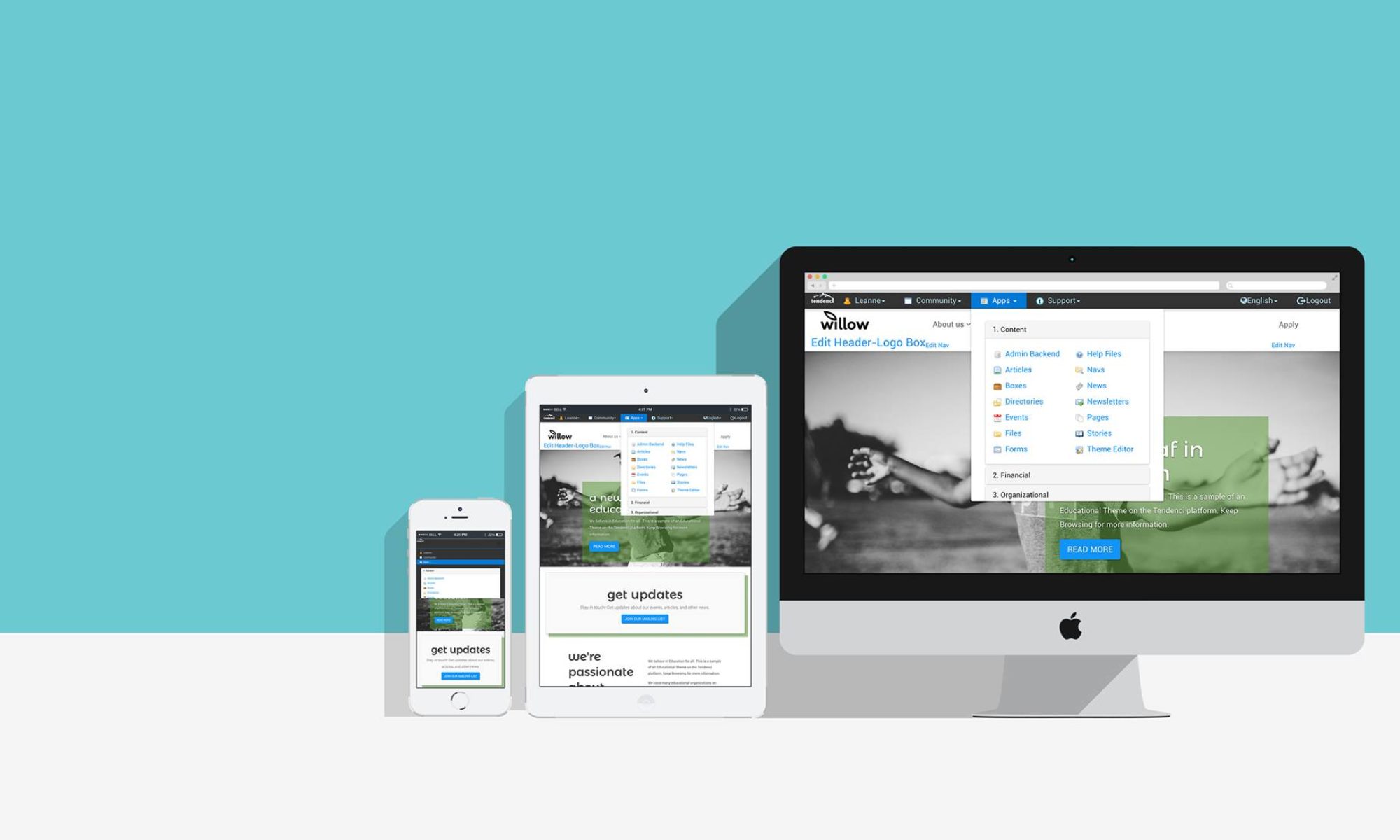Stop using URLs without the www or some other prefix. They are not your canonical domain (so sayeth Google) and in fault tolerant networks they aren’t scalable (so sayeth Amazon and every other cloud provider.)
In the old days we had physical servers with specific IP addresses and the server routed a visitor to the correct site. Ah, the good old days. Now everything is flipped. In the cloud we use multiple smaller virtual servers and your web site can literally exist in different places at the same time. That means your IP address can be different at any moment.
So without getting too much into the cloud magic, one thing it does require to help future proof your site is for people to use a “real” URL for their website.
WAIT! Chill out, it’s not the end of the world. It’s not like https://www.tendenci.com doesn’t redirect to https://www.tendenci.com – no need to change your business cards or letterhead. But your “canonical name” includes a hostname (the “www” or “intranet” or “webmail” parts of the name.)
What you do NOT want to do is insist on blah.blah because it will, I promise you, come back to hurt you in the near future. It’s the Internet – things change. So we change with them.
From: https://blogs.akamai.com/2016/01/make-your-infrastructure-vanish.html
Root domain redirects
Let’s assume a user is navigating to your website www.acme.com. However instead of typing www.acme.com, they only type acme.com. Time to get a little technical. Hostnames are connected to a DNS based CDN like Akamai via a CNAME, which is a type of DNS entry that aliases the IP address resolution of one hostname to another hostname. For example www.acme.com could CNAME to webserver.acme.com and when resolving www.acme.com, DNS would follow the resolution chain of webserver.acme.com. For a fully qualified hostname like www.acme.com, you create a CNAME that will resolve to a hostname your CDN controls, which intern directs users to a CDN server that will serve your user. However it’s not possible to create a CNAME for a root domain like acme.com. It must have an A record, which resolves to an IP address. To get around this, many websites resolve their root domain to the IP address of their origin, and then have their origin server perform a HTTP redirect to their www hostname. This is another place your Origin can be revealed.
Can we hack a work around? Yes, in fact many clients still have “A” records that point to an IP address. Just know this is a case of “you’re doing it wrong.” Your registrar should do the redirect to a FQDN like www.tendenci.com and then have a CNAME record for it. It’s the future. And I’m just the messenger.
Google’s article on using canonical URLs also explains it quite well https://support.google.com/webmasters/answer/139066?hl=en
Which goes on to explain:
While these systems make it more convenient to develop and distribute content, they cause some challenges when people use search engines to reach your page. For instance:
- Consolidating link signals for the duplicate or similar content. It helps search engines to be able to consolidate the information they have for the individual URLs (such as links to them) on a single, preferred URL. This means that links from other sites to
http://example.com/dresses/cocktail?gclid=ABCDget consolidated with links tohttps://www.example.com/dresses/green/greendress.html.- Tracking metrics for a single product/topic. With a variety of URLs, it’s more challenging to get consolidated metrics for a specific piece of content.
- Determining the URL you want people to see. You prefer people reach your green dresses product page via
https://www.example.com/dresses/green/greendress.htmlrather thanhttps://example.com/dresses/cocktail?gclid=ABCD.- Addressing syndicated content. If you syndicate your content for publication on other domains, you want to consolidate page ranking to your preferred URL.
To address these issues, we recommend you define a canonical URL for content (or equivalent content) available through multiple URLs.
The good news? By fixing your DNS to NOT use the apex domain your web site is ready for the future and more fault tolerant today. It’s a good thing.

